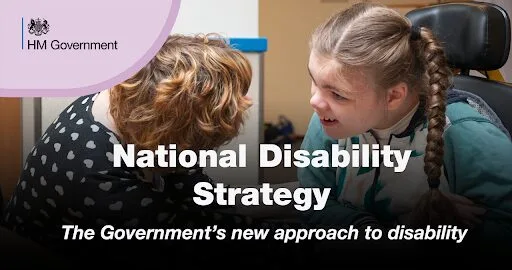Employers’ implicit attitudes about the competence of people who are blind
The purpose of this study was to develop and validate an implicit measure of attitudes about the competence of people who are blind, to be used with employers, and to report on these implicit attitudes with a national sample of employers.
Read MoreTrends in employment by dual sensory impairment status
The Disability Statistics Annual Report, based on the American Community Survey, demonstrates that employment rates in 2016 among people with self-reported vision and hearing disabilities were 33.3% and 24.9% lower than people without disabilities in the United States, respectively.1 While this report assessed employment rates by sensory impairment, by design, the American Community Survey only captures the most… Continue Reading Trends in employment by dual sensory impairment status
Read MoreKeeping up appearances: the role of identity concealment in the workplace among adults with degenerative eye conditions and its relationship with wellbeing and career outcomes
Purpose: This study aims to describe the interplay between the work trajectories and the passing patterns of individuals with degenerative eye conditions in different phases of their career, as well as the disease progression and the career and well-being outcomes associated with different works and passing trajectories. Methods: Qualitative interviews on the topic of work… Continue Reading Keeping up appearances: the role of identity concealment in the workplace among adults with degenerative eye conditions and its relationship with wellbeing and career outcomes
Read MoreEmployment for Blind and Partially Sighted people in 2019
Understanding fatigue in adults with visual impairment: A path analysis study of sociodemographic, psychological and health related factors
BACKGROUND:Fatigue is a disabling problem in patients with visual impairment, but its etiology is still poorly understood. Our objective was to identify the determinants of fatigue in adults with visual impairment compared to adults with normal sight. METHODS:Cross-sectional data on fatigue and sociodemographic, psychological and health-related factors was obtained with validated questionnaires. Structural equational modeling… Continue Reading Understanding fatigue in adults with visual impairment: A path analysis study of sociodemographic, psychological and health related factors
Read MoreSee My Skills: Breaking the cycle of unemployment for blind and partially sighted people
The National Disability Strategy 2021: Content and reaction
Eye Work With You Too. A research project designed to identify barriers and improve access to
It looked at the experiences of young people reparing to transition from education and traininginto the labour market, the experiences of ndividuals who experienced sight loss later in life and the experiences of a variety of stakeholders who might contribute towards this. It used focus groups to do this. In order to provide improved person-centred… Continue Reading Eye Work With You Too. A research project designed to identify barriers and improve access to
Read MoreInvesting in Equality: Cultivating Fairness and Inclusivity across Scotland’s Workplaces
In partnership with the Scottish Government, Advice Direct Scotland are delighted to be administering the delivery of the latest iteration of the Workplace Equality Fund – a source of financial support for Scottish businesses and organisations striving to improve equality-related outcomes for priority groups within the workplace.
Read MoreAccess to Work: Factsheets for Customers
Access to Work is a publicly funded employment support programme that aims to help more disabled people start or stay in work. It can provide practical and financial support if you have a disability or long term physical or mental health condition.
Read More



